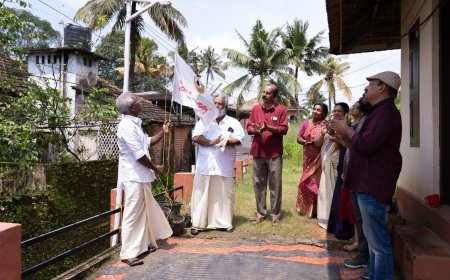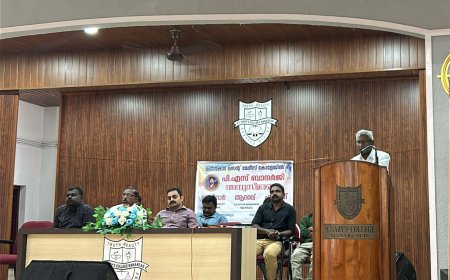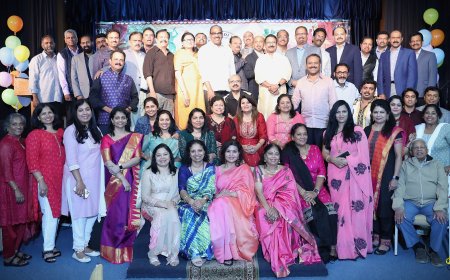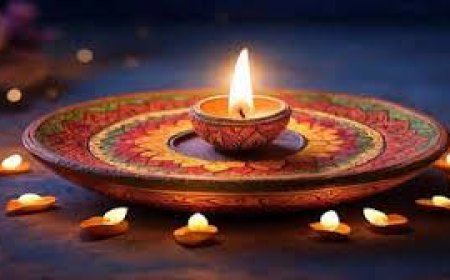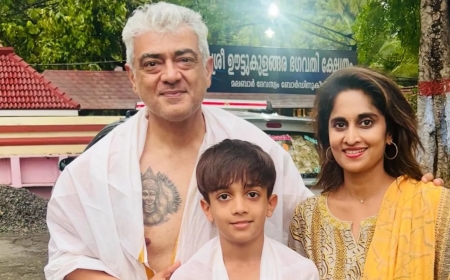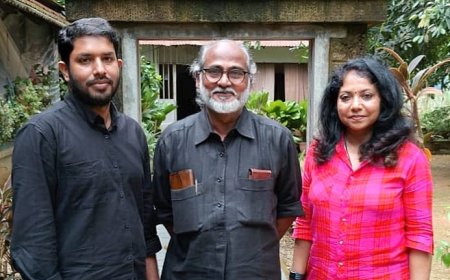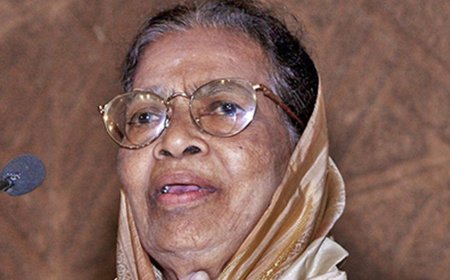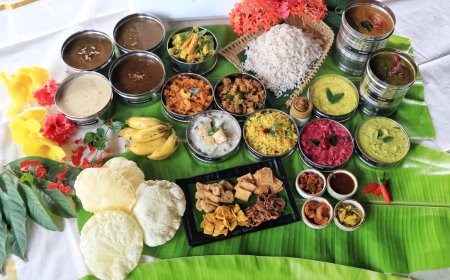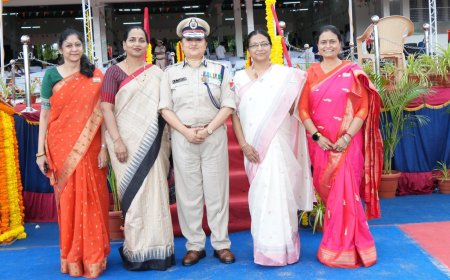Nepal’s new living goddess is just 2 years old. Here’s what her life will be like
Nepal has named 2-year-old Aryatara Shakya as the new Kumari, or living ‘virgin goddess.’ She was paraded through Kathmandu during Indra Jatra, beginning her secluded life of worship and tradition.

NEPAL has chosen a 2-year-old girl as the new living goddess following the Himalayan country’s old tradition.
Aryatara Shakya was chosen as the new Kumari, or "virgin goddess," replacing the incumbent during the country’s longest and most imperative Hindu festival - ndra Jatra.
Visuals of Shakya - dressed in a red dress with a bindi on her forehead and bangles in her hands, being wheeled around on a chariot pulled by devotees - are now doing the rounds on social media. The Kumaris are required to wear red, pin up their hair in topknots, and have a “third eye” painted on their forehead.
Who are the Kumaris?
Kumaris are chosen from the Shakya clans of the Newar community, indigenous to the Kathmandu Valley, and are revered by both Hindus and Buddhists in the predominantly Hindu nation. Girls selected are between 2 and 4 years old and must have flawless skin, hair, eyes and teeth. They should also not be afraid of the dark.
What are Indra Jatra and other festivals in October?
The weeklong Indra Jatra festival kicked off a series of October celebrations, including Dashain, the country’s main festival, and Tihar, the festival of lights.
Tuesday marked the eighth day of Dashain, a 15-day festival celebrating the victory of good over evil, with schools and offices closed as families came together to celebrate.
How is the new Kumari celebrated?
During the festivities, family, friends, and devotees paraded the newly chosen Kumari through the streets of Kathmandu before she entered the temple palace, where she will reside for several years. Devotees lined up to touch her feet with their foreheads—a traditional sign of utmost respect—and offered flowers and money. The new Kumari is scheduled to bless devotees, including the president, on Thursday.
What did her family say?
Speaking with news agency AP, Shakya's father shared that they always had intuitions she would be the goddess even before her birth, adding that when his wife was pregnant she "dreamed that she was a goddess and we knew she was going to be someone very special.”
“She was just my daughter yesterday, but today she is a goddess,” her father Ananta Shakya said.
Who was the former Kumari?
The former Kumari, Trishna Shakya, now 11, departed through a rear entrance on a palanquin carried by her family and supporters. She had served as the living goddess since 2017.
Kumari, Nepal's living goddess, is carried high beside the chariot which she will ride, pulled by devotees, around the center of the capital in Kathmandu, Nepal.
Kumari, Nepal's living goddess, is carried high beside the chariot which she will ride, pulled by devotees, around the center of the capital in Kathmandu, Nepal.
How are Kumaris selected?
Families from the Shakya clan who meet the criteria compete to have their daughters chosen as the Kumari, a prestigious position that elevates the family’s status both within their clan and society.
What is life like for a Kumari?
Kumaris lead a highly secluded life. They have only a few selected playmates and are allowed outside only on rare occasions, mostly during festivals.
Former Kumaris often struggle to adjust to normal life, learning everyday chores and attending regular schools. According to Nepalese folklore, men who marry a former Kumari are believed to die young, leaving many of these women unmarried.
How have traditions changed?
In recent years, traditions have evolved. Kumaris are now permitted to receive education from private tutors inside the temple palace and may even have a television. The government provides retired Kumaris with a modest monthly pension of around $110 ( ₹9,000 to ₹9,500), slightly above the minimum wage.




